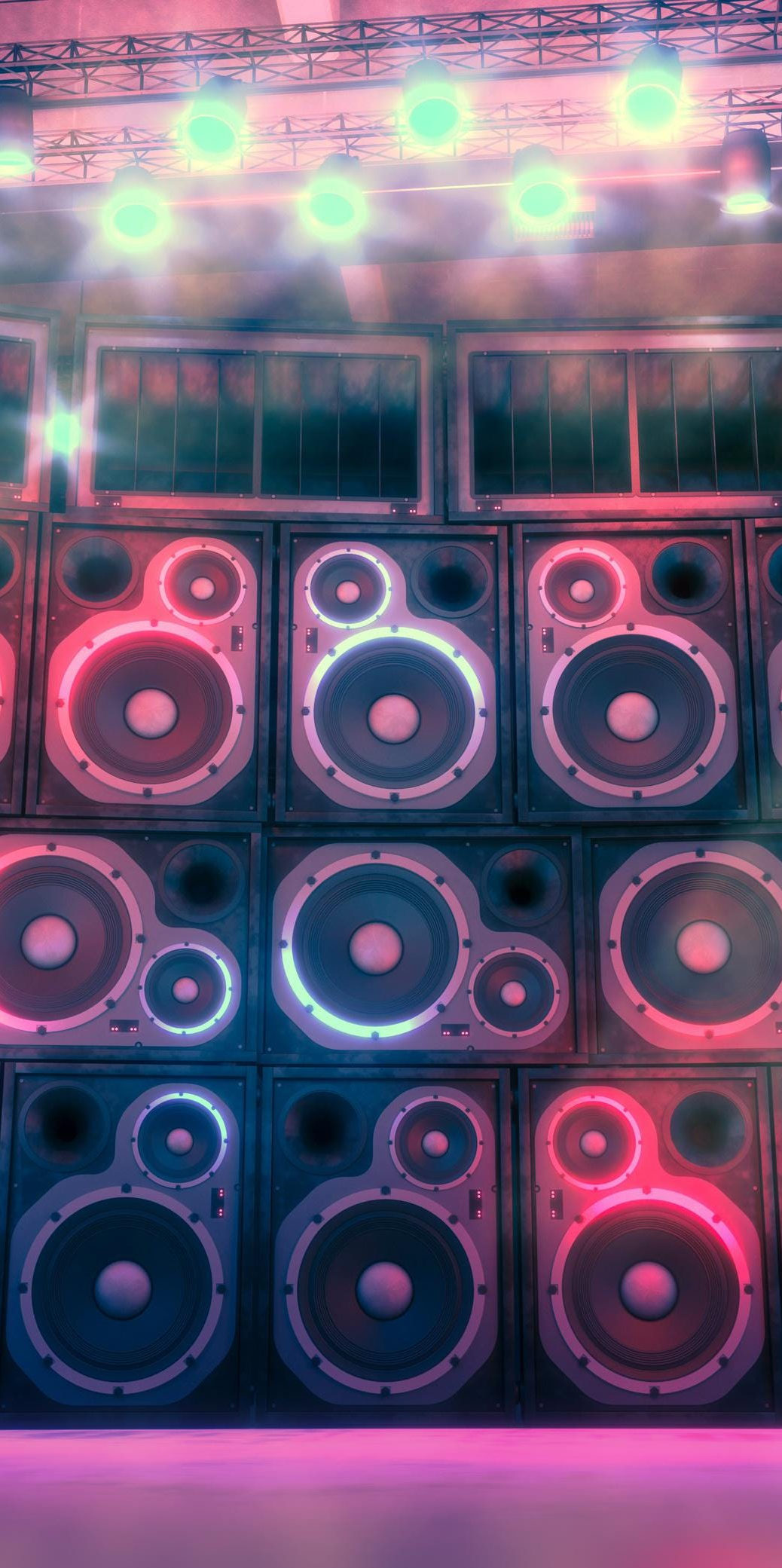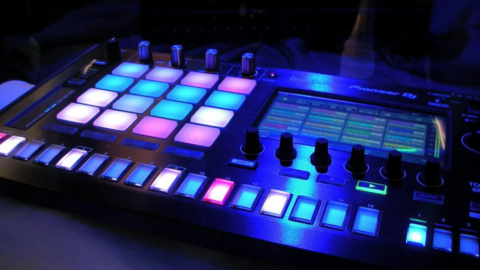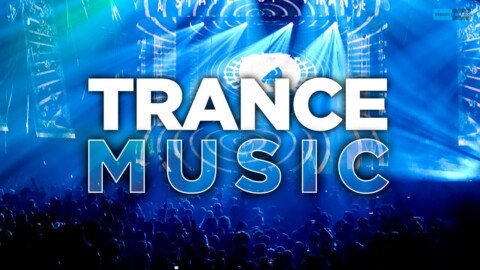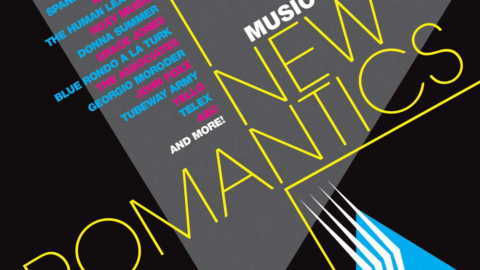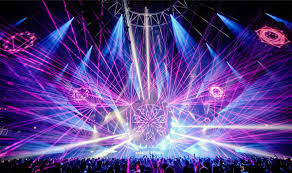Loudspeakers and subwoofers
George Orwell’s 1984 starts with, “It was a bright cold day in April, and the clocks were striking thirteen.”
Nights of techno ravers end similarly—dancers stepping out of the club after a long night at thirteen o’clock on a cold April day. Orwell warned of a world cursed by surveillance then. Today, techno dancers seek shelter from the same, one pulsating beat at a time.
To be clear, Techno, as described, is not the Calvin Harris or Diplo you hear on the radio. Instead of melodic, techno sound feels extremely mechanical, cold, and unemotional. Techno lacks harmonies, predictable drops, stanzas, choruses, and solos.
Techno tracks do not have a beginning or an end. The bass drum stubbornly drives forward until the lights turn on at 9 am.
Not long ago, Techno was a fringe movement found only in the gritty outposts of Detroit and Berlin. Today, you can experience the sensation of Techno at artistic installations in underground clubs and abandoned warehouses in nearly every major city. As such, Techno draws a crowd unlike the Calvin Harris types seen in Vegas.
To understand the techno influence on anti-consumerism, you must understand the newfound motivation for psychological freedom in the digital world. Techno has more power over consumers’ brains than their footwork, and it’s because of digital FOMO.
Just as Orwell predicted, the world is heavily surveilled. Yet, Techno provides an experience exceedingly rare nowadays: freedom. Not only freedom from data surveillance but from the social comparison rampant on social media.
The consumer’s digital world is personalized through algorithms, hyper-intelligent face-recognition software, and browser cookies. The above aim is to predict the consumer’s every want – even before she feels a hint of desire. Yet, in some way, shape, or form, the consumers’ personalities sit in a server room far, far away.
Much of the consumers’ willingness to surrender data comes from wanting to share and connect through social apps. And this comes from a very natural motivation: to belong and to connect with fellow humans. And if consumers can’t use social apps, they are missing out.
The fear of missing out, FOMO, shows up in the brain. Instead of going to a party with your coworkers, you decide to visit your friends. Or you see your neighbors taking yet another wine country trip while another neighbor flexes a brand new Audi. You see how much fun everyone else is having on Instagram, and feel bummed that you missed out.
FOMO is such a potent force because consumers naturally engage in “what could have been” thinking in the quest for happiness and fulfillment. Cognitive psychologists call it counterfactual thinking. You may like the burger you’re eating, but a small part of you still wonders if maybe you should have ordered the steak instead. And when this kind of thinking maps onto the social world, it quickly morphs into FOMO. You may be enjoying your walk after dinner, but the minute you find out your friends went without you on a boat cruise? Suddenly, your sublime walk doesn’t seem so great. Everything’s great until you compare it to what could have been.
It’s an all too common problem. So here’s a solution for some: Visit a techno bunker near you. Techno clubs allow listeners to bask in JOMO, the joy of missing out.
Though labeled as monotonic, minimal, and unmelodic, Techno is enjoyed by many – both ravers and non-ravers. The culture surrounding it provides an escape from the trappings of FOMO, digital glut, and social comparison.
Unlike dancing to the Top 40, no standard dance style exists, which stifles the tendency for FOMO-based social comparisons. Similarly, the dress code is inverse to that of Vegas club standards. You will be denied entry if you try and wear dress shoes and fancy button-downs. Cocktail dresses and heels are strictly forbidden. Additionally, darkened rooms with dizzying light shows make dressing up further irrelevant.
Oh, and bottle service? Nope.
Clubs like Berghain, Berlin’s most secret, hard-to-get-into techno club, strictly enforce zero tolerance for photography by placing stickers over cameras. Blitz in Munich bans the use of smartphones altogether. The key takeaway is this: leave the virtual world with its likes and follower counts behind and experience the real world, where intimacy, belonging, novelty, and good music are very much alive.
Techno may as well be called Tech-NO!
The world of Techno is a world designed to be enjoyed free of comparison: The music is turned up, and the FOMO is turned down.
Even though consumers today are molded to bank on likes by Instagramming their experiences, taking filtered selfies, or live-tweeting, the holiness of the privacy-driven, smartphone-free techno culture still lives up to its name.
In 2018, 280 clubs in Berlin managed to amass over $1.6 billion in revenue. Over 3 million tourists, roughly the size of Berlin’s population, come for the bunkers alone.
With techno music as the best-selling genre on Beatport, an electronic dance music streaming service, and its cultural evolution (starting from a cult-like tribe to attracting millions of bunker-go-ers), it has also become a popular medium among brands to attract customers.
Many ads are full of techno-infused music. For example, the Porsche ad for the new Macan featured the thrilling beats of Dutch DJ and producer Bakermat. The travel search engine Kayak featured London’s DJ duo Eli & Fur. The car loan and leasing mobile app Fair used the thumping beats of Australian Alison Wonderland’s “Here 4 U” for its Super Bowl 2019 ad.
Brands try, but Techno is not the same in the mainstream. There are barely any ‘stars’ in Techno. Many techno producers seem happy with anonymity, even striving for it. The producers work together in varying constellations, often changing their pseudonyms and ensuring that hardly any photos and details about them become public.
Thanks to Techno, consumers can practice anti-consumerism and skip the FOMO-fueled pressure of their daily lives. The data trail can stop at the entrance of the club. With Big Brother unable to watch their every move in techno bunkers, you can bet modern-day Orwell would surely have fantastic dance moves. See you at thirteen ‘o clock!
